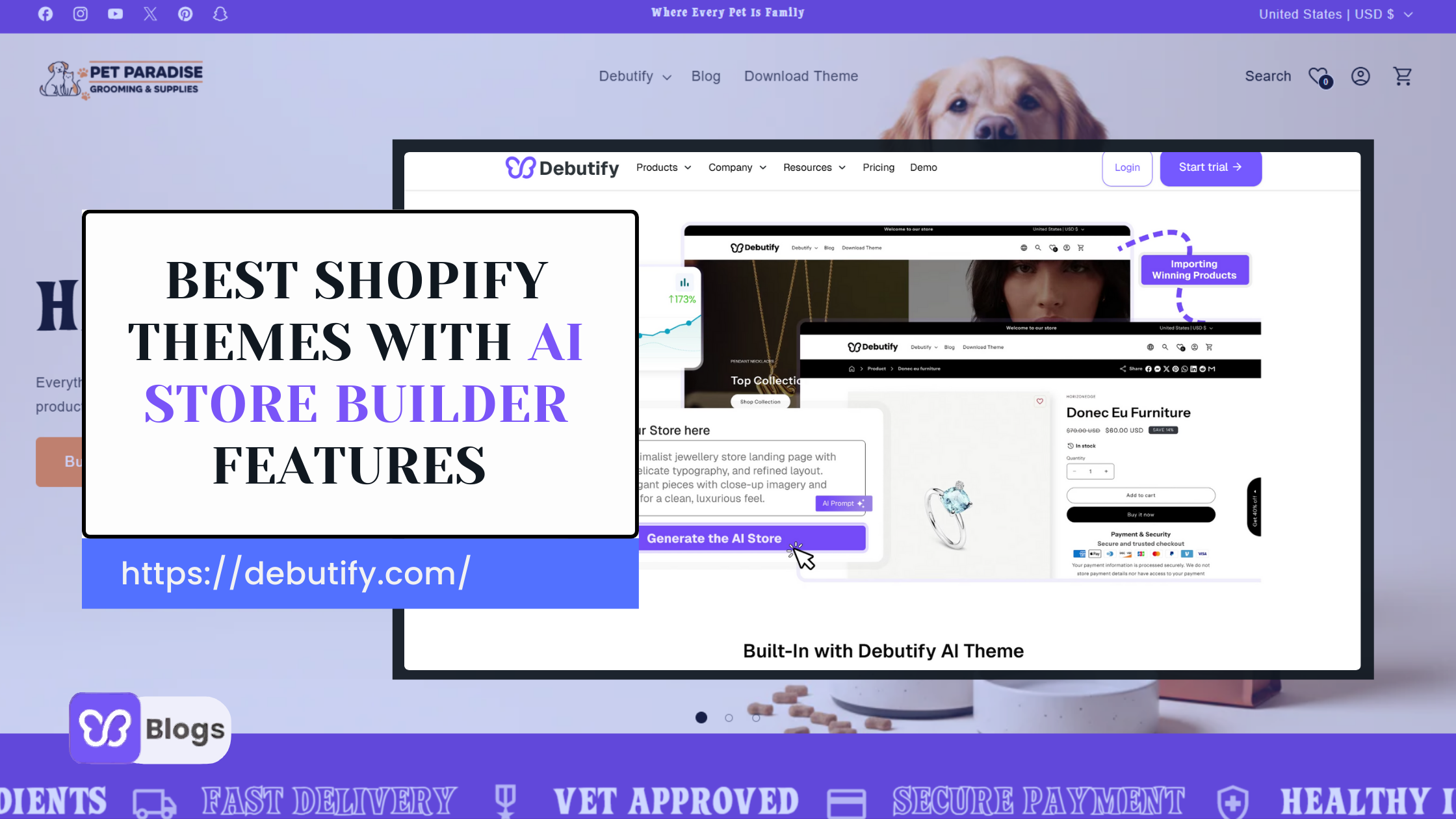Track Key Metrics like Traffic and Conversions
Monitor and analyze key metrics such as website traffic, conversion rates, bounce rates, average session duration, and page views to assess the performance of your digital product catalog. Use web analytics tools like Google Analytics to track user behavior, traffic sources, and conversion paths. Identify high-performing pages, popular products, and areas of improvement based on data insights. Set up conversion tracking to measure the effectiveness of your marketing campaigns, landing pages, and product pages in driving conversions. Continuously monitor and analyze these metrics to identify trends, patterns, and opportunities for optimization. By tracking key metrics like traffic and conversions, you can make data-driven decisions to improve the user experience, enhance product visibility, and drive more sales for your catalog.
Gather Customer Feedback for Enhancements
Collect feedback from customers through surveys, reviews, ratings, and user testing to gain valuable insights into their preferences, needs, and pain points. Use feedback tools like feedback forms, email surveys, and review platforms to gather qualitative and quantitative data from customers.
Analyze customer feedback to identify common themes, suggestions for improvement, and areas where your digital product catalog can be enhanced. Pay attention to customer comments, reviews, and ratings to understand what customers like or dislike about your products, website usability, and overall shopping experience.
Use customer feedback to make informed decisions about product assortment, pricing, design, and functionality improvements that align with customer expectations and preferences. By gathering customer feedback for enhancements, you can prioritize improvements that resonate with your audience and drive customer satisfaction and loyalty.
Implement Continuous Optimization
Based on data analysis and customer feedback, implement continuous optimization strategies to enhance the performance and user experience of your digital product catalog. Make incremental improvements to product pages, navigation, search functionality, checkout process, and overall website design to address pain points and optimize conversion paths.
A/B tests different elements such as product images, descriptions, call-to-action buttons, and pricing to identify what resonates best with your audience and drives conversions. Optimize site speed, mobile responsiveness, and SEO to improve search engine visibility and user experience.
Regularly update product listings, promotions, and content to keep your catalog fresh and engaging for visitors. By implementing continuous optimization efforts, you can adapt to changing market trends, customer preferences, and technological advancements to ensure that your digital product catalog remains competitive and effective in driving business growth.
By focusing on tracking key metrics like traffic and conversions, gathering customer feedback for enhancements, and implementing continuous optimization strategies, you can identify areas for improvement, enhance the user experience, and drive better results for your digital product catalog. These practices help you make data-driven decisions, prioritize customer satisfaction, and stay agile in responding to market dynamics to achieve long-term success and growth for your online business.







